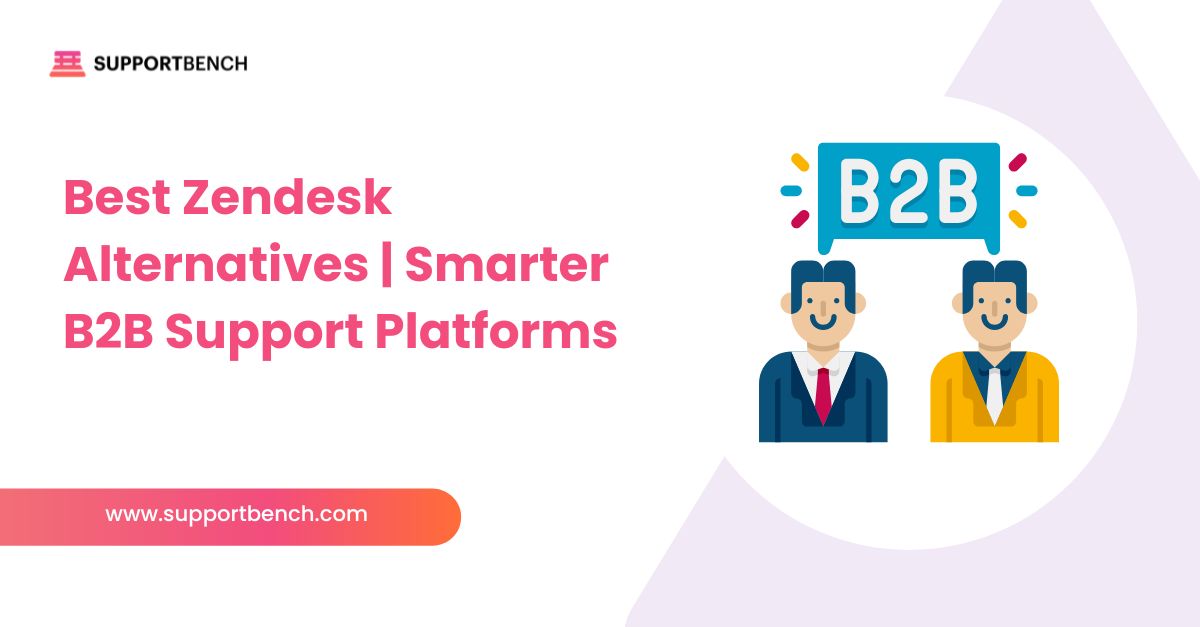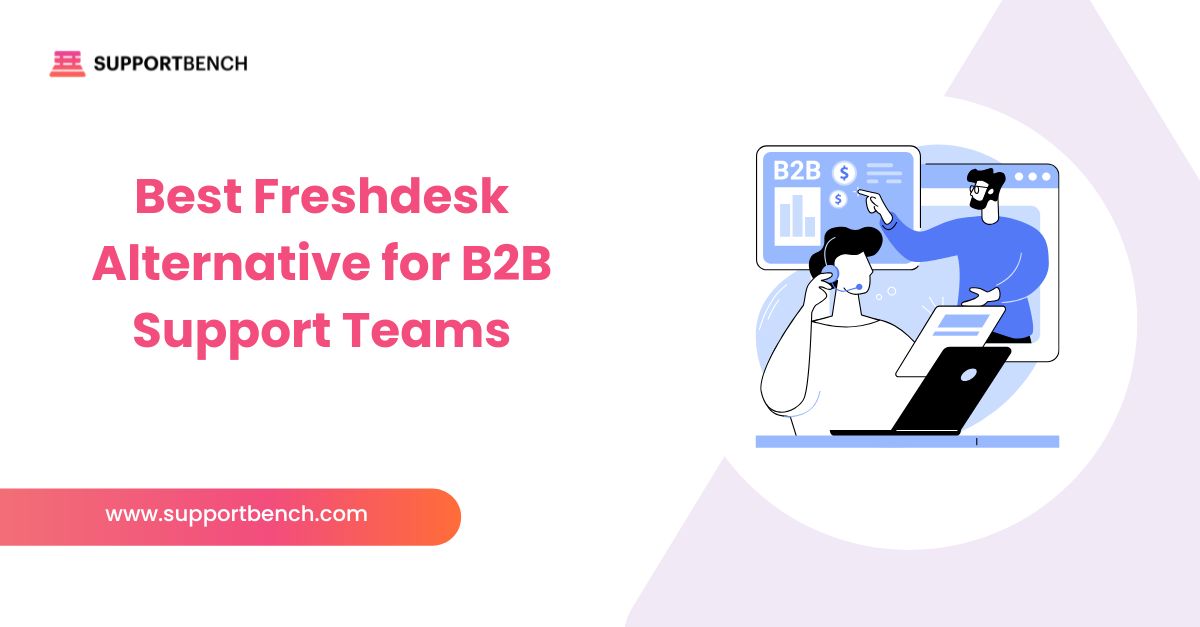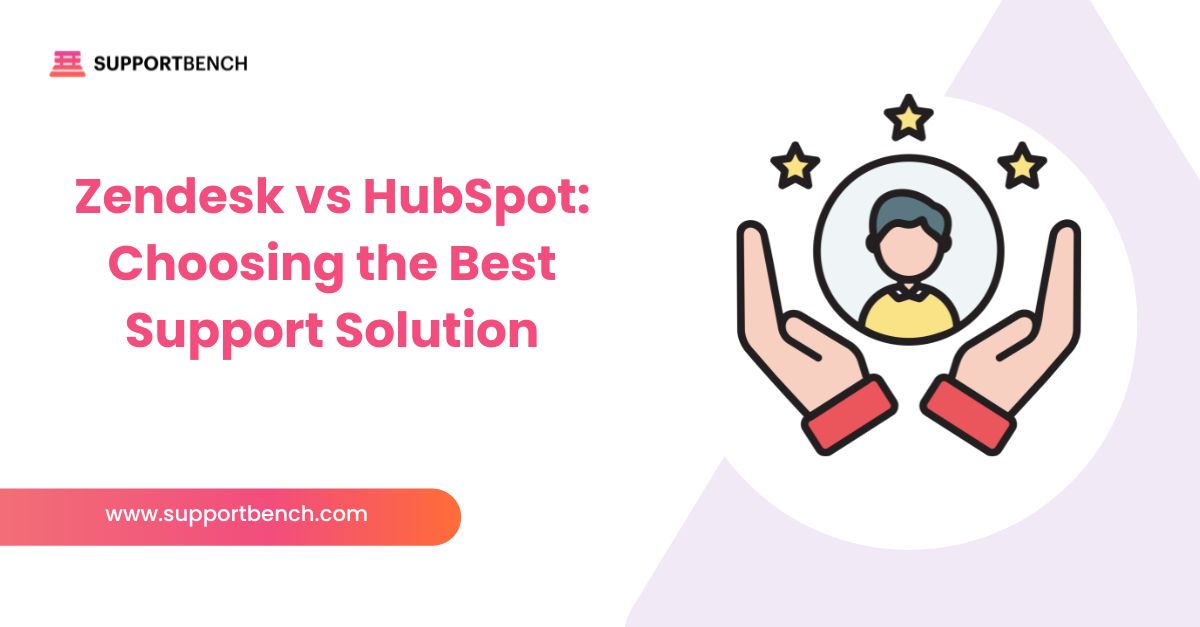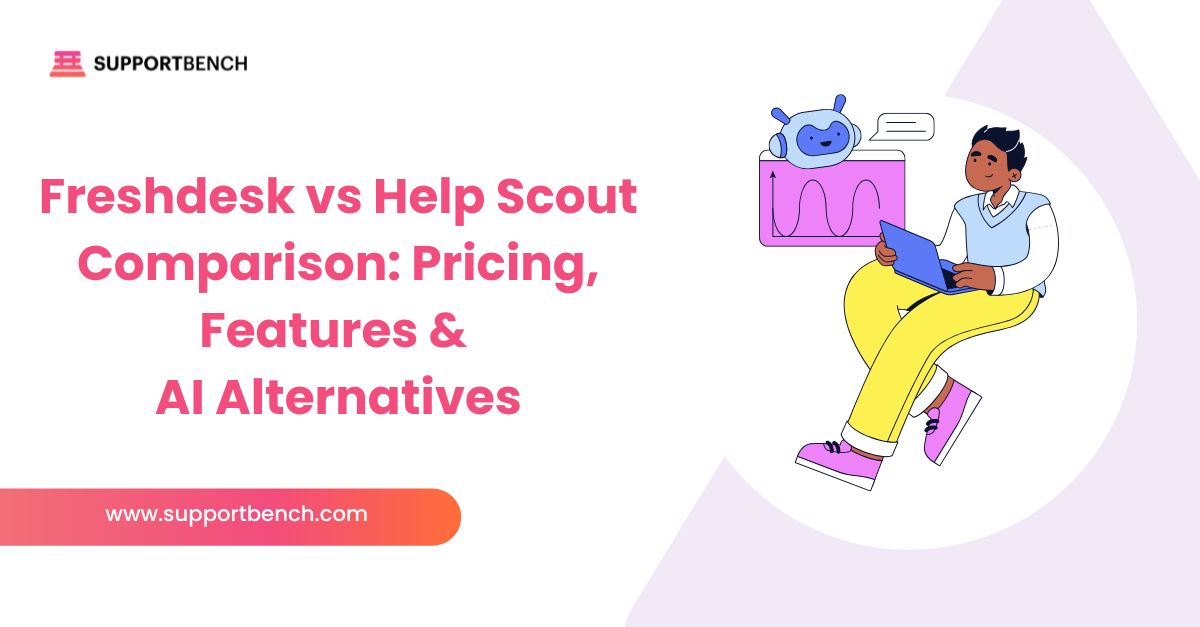Join the best Powering 100,000+ of the best customer experiences
Join the best Powering 100,000+ of the best customer experiences
Join customer support hackers from around the world that receive SupportBlog—the Supportbench Blog Newsletter.



Zendesk has long been a trusted platform for customer support, but for many growing B2B teams, its rising costs, complexity, and fragmented tools are becoming

Freshdesk is a well-known customer support platform that many businesses rely on for ticketing, communication, and managing customer queries across multiple channels. While it offers

For B2B service teams, finding the right Customer Experience (CX) platform can be challenging. Many start with Oracle CX, an enterprise-grade suite known for its

Choosing the right help desk software is an essential decision for any business, as it affects customer satisfaction, team efficiency, and overall operations. With so

Choosing the right platform for customer support and CRM can be a game-changer for your business, streamlining operations and improving customer satisfaction. Zendesk and HubSpot

When it comes to choosing the right customer support software for your team, Freshdesk and Help Scout are two of the most popular options. Both

Subscribe to Our SupportBlog and receive exclusive content to build, execute and maintain proactive customer support.

Free Coaching

Weekly e-Blasts

Chat & phone

Get the latest posts in your email